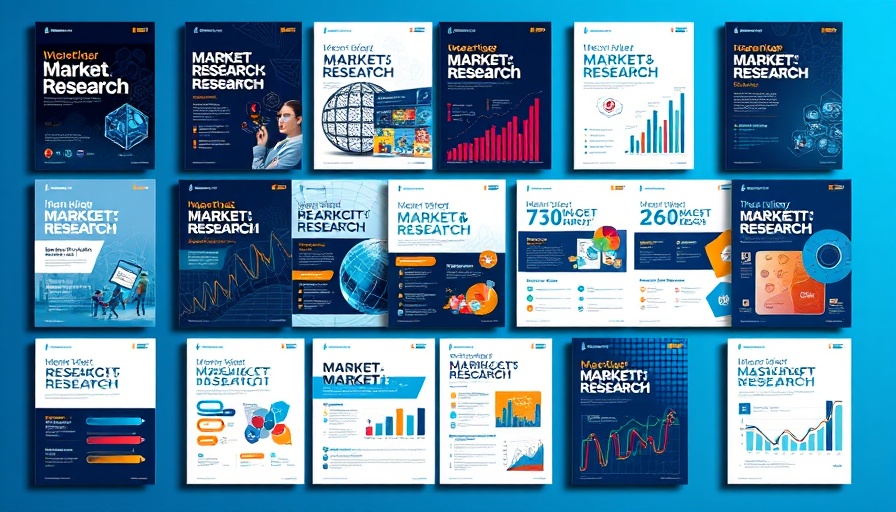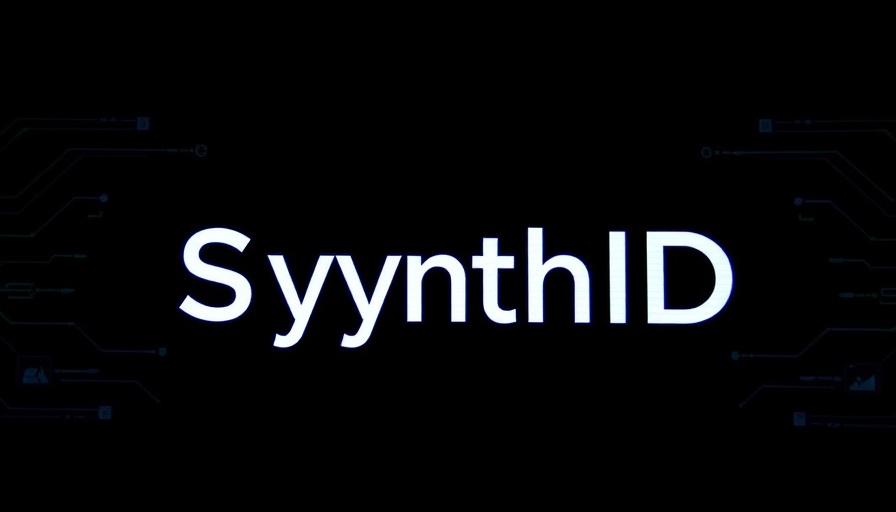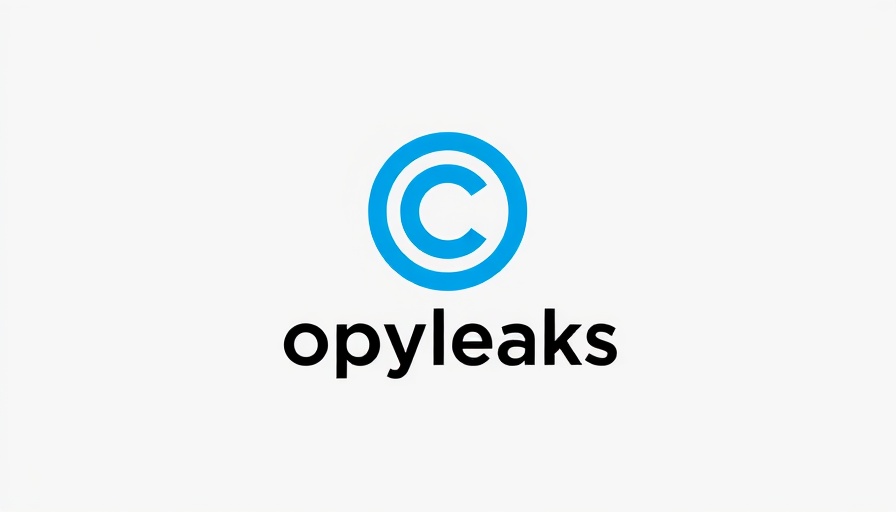
Understanding AI Detection: An Overview of Tools
Artificial Intelligence (AI) has fundamentally changed how we generate and process content across numerous fields. As AI-generated content becomes increasingly prevalent, the need for reliable AI detection tools has surged. In today’s article, we explore the effectiveness of three popular AI detection tools: Winston AI, QuillBot, and ZeroGPT. With academic integrity at stake, it is vital to understand which of these tools can truly distinguish between human-written and machine-generated content.
In ‘AI and Plagiarism Bypass: Winston AI vs. QuillBot vs. ZeroGPT’, the discussion dives into essential AI detection tools, prompting us to analyze their effectiveness further.
How Do AI Detectors Work?
AI detectors analyze various patterns such as syntax, vocabulary, and style to determine the likelihood that a piece of text has been created by an AI. These tools rely on sophisticated algorithms built to compare content against vast databases of known AI-generated text. When content is flagged as AI-generated, it indicates that the algorithms have identified consistent patterns that typically don’t align with natural human writing.
Testing the Tools: Our Experiment
In a recent analysis inspired by the YouTube video "AI and Plagiarism Bypass: Winston AI vs. QuillBot vs. ZeroGPT," we examined how reliable these three tools are at detecting AI-generated content. Using content generated by ChatGPT as our test subject, we paraphrased this text to see how each tool fared in discerning its authenticity.
Results of Our Analysis: The Findings
1. **Winston AI** detected 99% of the content as AI-generated, indicating it is highly efficient.
2. **QuillBot** had a detection rate of only 44%, suggesting it struggles significantly in identifying AI-generated material.
3. **ZeroGPT** returned an overwhelming 100% detection rate, marking it as potentially the most reliable option among the tools analyzed.
These results illustrate that while QuillBot may offer utility in paraphrasing, it falls short in detecting AI-generated content compared to Winston AI and ZeroGPT.
Why AI Detection is Important
The implications of inaccurate AI detection are considerable, especially within educational contexts. Many institutions rely on these tools to uphold academic integrity, so understanding their effectiveness can help educators and students alike make informed decisions about their use. Choosing the right detection tool is crucial in maintaining intellectual honesty and preventing plagiarism.
Future Predictions and Considerations
As AI technology continues to advance, so too will the tools designed to detect it. Developers of detection software will likely enhance their algorithms to keep up with emerging AI models. Users of these tools should stay updated with the latest technology to ensure they have the best resources at their disposal.
Make Informed Decisions with Awareness
Being aware of the limitations and capabilities of AI detection tools is essential. Understanding which tools perform best can help various sectors, especially education and content creation, navigate the complex landscape of AI today. Ultimately, using accurate detection tools can preserve the authenticity of human expression in a digital world increasingly dominated by AI.
If you're looking to bypass any restrictions imposed by AI detectors, check out Prompt 2 Human for efficient solutions.
 Add Row
Add Row  Add
Add 












 Add Row
Add Row  Add
Add 

Write A Comment